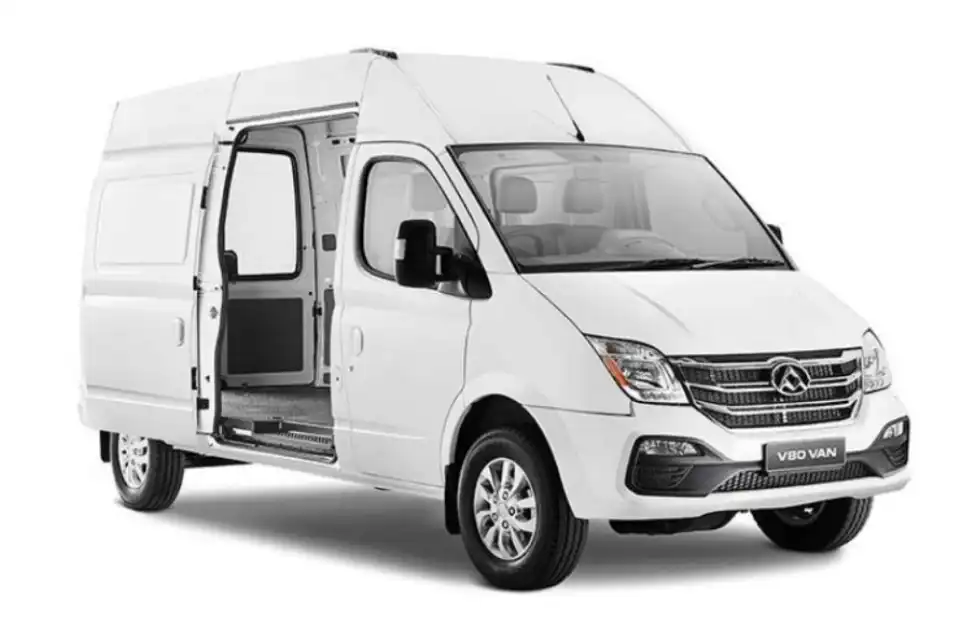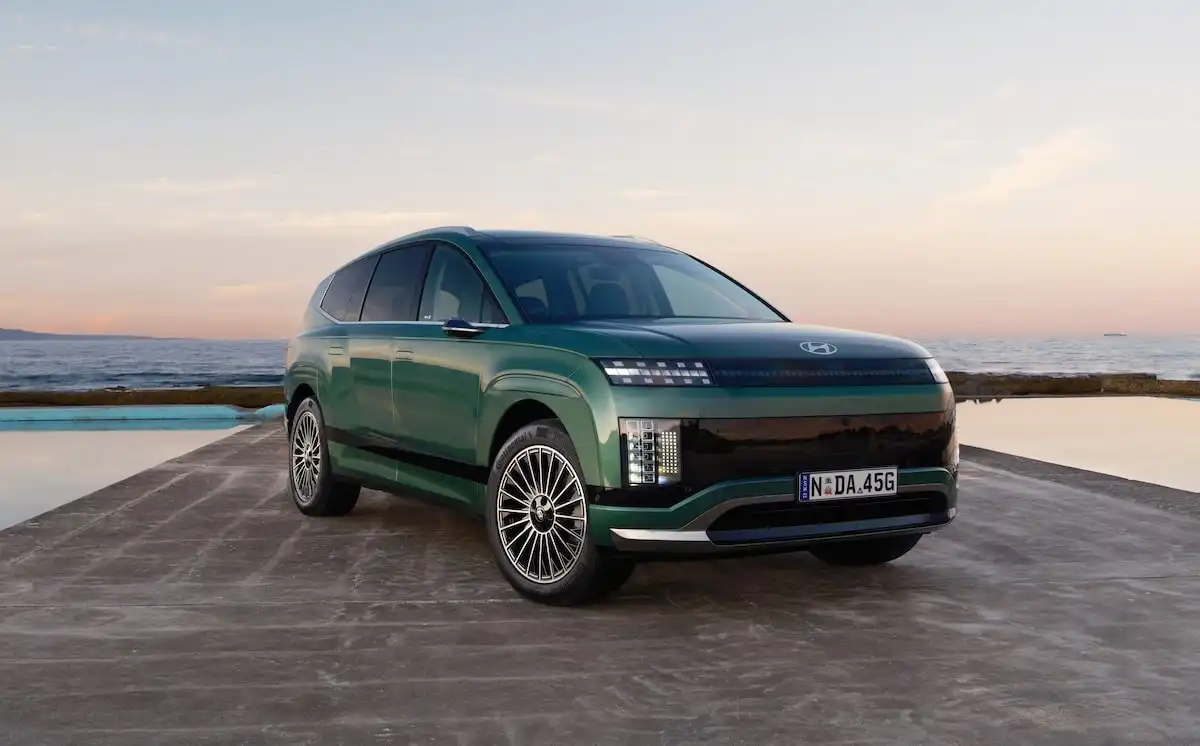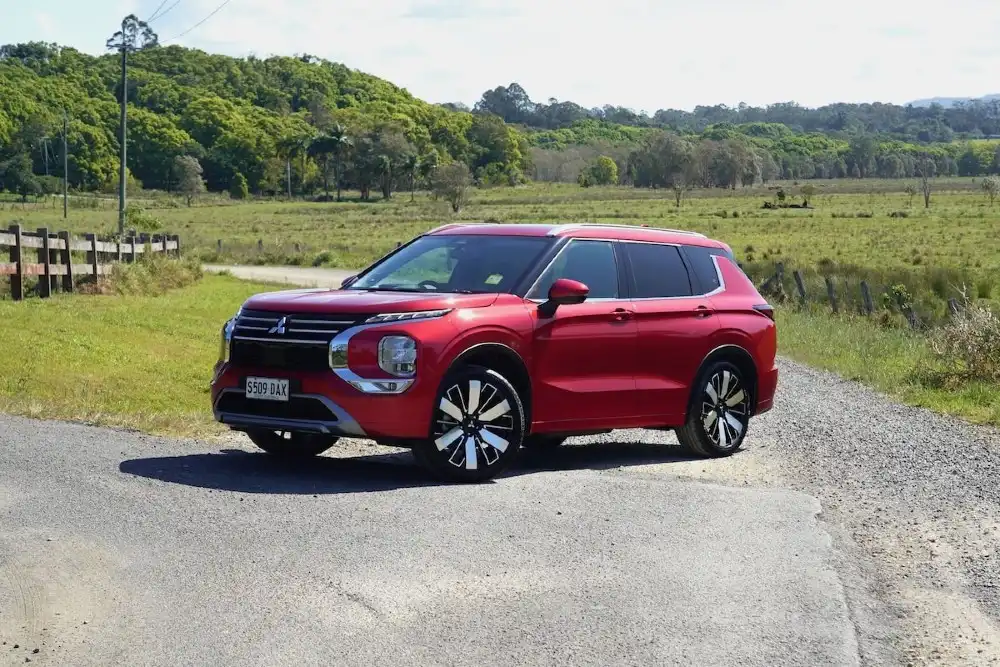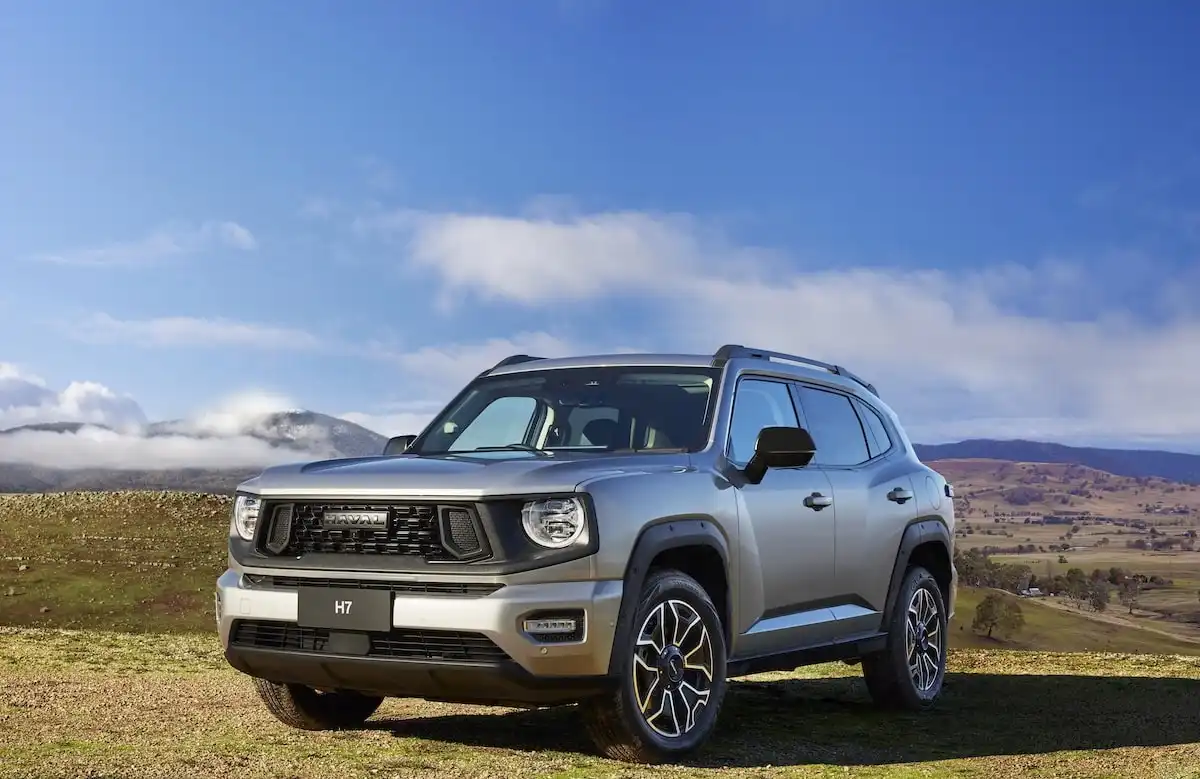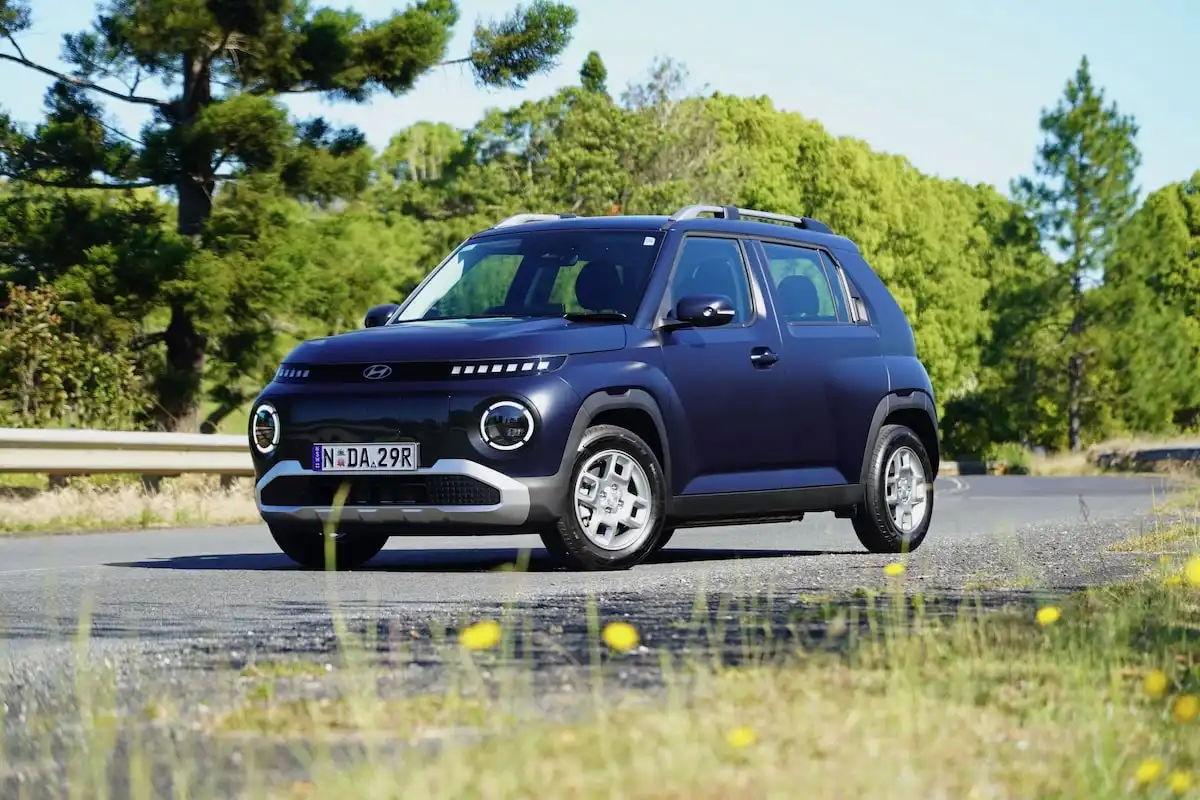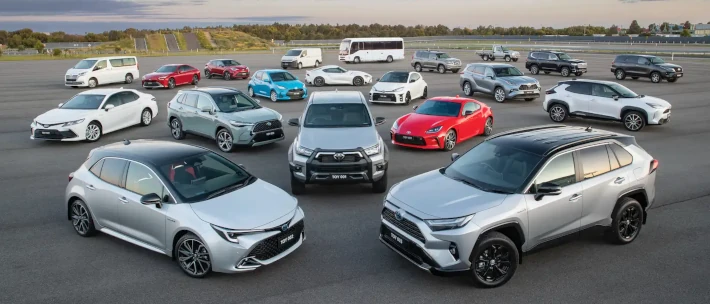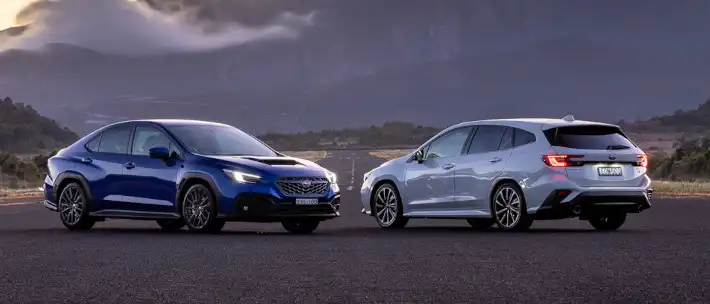The emergence of Chinese entrants to both the passenger car and commercial vehicle segments has added a healthy amount of competition to the market, with buyers ultimately receiving the end benefits of cheaper prices and growing feature lists.
Going up against the likes of the Renault Master, Ford Transit, Mercedes-Benz Sprinter and the Peugeot Expert means that the LDV V80 has a tough task to win over buyers.
Is simply undercutting its major competitors - by a significant amount of money - enough to increase the LDV V80’s market share? Let’s find out.
Starting Price: $35,253
LDV V80 (SWB LOW ROOF) Specifications
| Model Date | 2022 |
| Make | LDV |
| Model | V80 |
| Series | K1 MY21 |
| Variant | SWB LOW ROOF |
| Body | 4D VAN |
| Fuel type | DIESEL |
| Transmission | 6 SP MANUAL |
| Drive | FWD |
| Engine | TCDI |
| Engine capacity | 2499 |
| Engine configuration | DUAL OVERHEAD CAM / 16 valves |
| Engine RPM | 3800 / 1800 |
| Cylinders | DT4 |
| Torque | 330 |
| KW | 100 |
| Fuel tank size | 80.0 |
| Fuel usage specs | 9.4 / 0.0 |
| CO2 | 250 |
| ANCAP security rating | 3 |
For more details and other variants, check LDV V80 car page.
Need help narrowing down your choices?
Get in touch with one of our Car Buying Specialists today
Request a quoteHow Much Does It Cost?
The LDV V80 range kicks off from $35,253 for the entry-level V80 short-wheelbase with a manual transmission, while the V80 short-wheelbase automated manual is priced at $37,538.
Stepping up to the V80 long-wheelbase manual comes at a cost of $40,516, while both the V80 high roof manual and long-wheelbase automated manual are priced at $42,621.
The LDV V80 range tops out in the form of the long-wheelbase high roof automated manual which is priced at $44,726.
Keep in mind that these prices are subject to change, do not include on-road costs and can be significantly lower for buyers operating with an ABN.
How Much Can OnlineAuto Save You?
You could save money by using the help of one of OnlineAuto’s new car brokers to assist you in finding the best new car for you.
What Features Does the LDV V80 Have?
The LDV V80 range comes riding on a set of 16-inch alloy wheels, and receives cruise control, air conditioning, front and rear fog lights, dual airbags, reversing camera with rear-mounted parking sensors, a front bench seat, eight-way adjustable driver’s seat, remote central locking and a 10-inch infotainment system.
Range Features:
-
16-inch alloys
-
Air conditioning
-
Cruise control
-
10-inch infotainment system
-
Central locking
-
Reversing camera
-
Rear parking sensors
-
Front and rear fog lights
-
Front bench seat
LDV V80 Colours
The LDV V80 range is available in one colour finish only, with Blanc White the only colour option available for the entire range.
Is it Comfortable to Drive?
Just a few minutes behind the wheel of the LDV V80 and it’s not hard to see how it’s able to undercut its major rivals on price, because the platform, suspension and powertrain all feel a little outdated compared to its competitors.
Powering the V80 is a 2.5-litre four-cylinder turbo-diesel engine that kicks up 100kW of power and 330Nm of torque, which is paired with a choice of manual and automated manual transmissions.
The driving experience is somewhat underwhelming but effectively on par for a base commercial vehicle, and offers up enough power to get you up to speed without too much of a fuss.
Thankfully, LDV has packaged the V80 with front and rear disc brakes which provide impressive stopping power and reduce the brake fade you might feel with a set of drum brakes at the rear.
The ride quality is soft, which makes the V80 comfortable on long-distance road trips, while the suspension struggles to carry its weight through the corners resulting in a significant amount of body roll.
In terms of urban driving, the relatively lightweight steering rack doesn’t offer much in the way of feedback for the driver, however, it does make parking and low-speed manoeuvres a simple task, which is a nice touch for a commercial-focussed van.
All up, while the package might feel less refined than its competitors, the V80 manages to tick all the important boxes that customers expect from their cargo van.
Is it a Practical Workhorse?
While the driving experience might fail to inspire, the V80 is an undeniably attractive van when it comes to its size, practicality and suitability as a cargo-moving workhorse.
In the short-wheelbase variant, you’ll find a 3,850mm wheelbase that translates to a cargo bay measuring 2,550mm long, 1,770mm wide and 1,505mm high.
This means that you can squeeze 6,400L or 6.4m3 worth of cargo into the short-wheelbase variant, where the gross vehicle mass is capped at 3,200kg, payload figures of 1,204kg and a braked towing capacity of 1,200kg.
Upgrading to the long-wheelbase variant offers a wheelbase of 3,850mm which stands 2,132mm tall in the low-roof variant, expanding to 2,345mm in the mid-roof and 2,552mm tall in the high-roof variant.
The V80 long-wheelbase’s cargo bay measures in at 3,300mm long, which translates to a cargo volume figure of 10,400L in the mid-roof variant, while the long-wheelbase high-roof has a cargo volume rated at 11,600L, or 11.6m3.
All V80 variants are rated to transport two standard pallets, while the cargo bay features a host of tie-down points, with easy access to the bay provided by a sliding door on each side and a protective cargo mat laying flat on the tray.
Is it Safe?
The LDV V80 range has been awarded a three-star ANCAP safety rating, and comes fitted with a pair of airbags as standard, atop the reversing camera with parking sensors rounding-out the safety package.
This means that the V80 is quite limited in terms of safety equipment to some of its more high-tech and modern peers.
Is it Fuel Efficient?
Fuel economy is another area in which the LDV V80 is out-paced by its competitors.
The turbo-diesel engine powering the V80 is rated at 9.4L per 100km on a combined cycle, making it relatively thirsty compared to its turbo-diesel rivals, but not to an unreasonable extent.
Keep in mind that these figures are claimed by the manufacturer, and will increase depending on your driving style, location and just how much cargo you’re carrying.
Our Verdict: Is the LDV V80 Worth it?
All up, the LDV V80 meets the needs of the commercial sector and while it might feel a little outdated compared to its major rivals, when you factor in the handsome list prices, the value proposition begins to shine through.
If you’re looking for an attractive value proposition within the cargo van segment, you’ve found it.
While LDV is yet to prove its long-term ownership viability, for the time being, the V80 remains an impressive van for the commercial sector at an extremely attractive price.
On that note, if you’re in the market for a new car, you can get a free quote and see how much OnlineAuto can save you on your next car, or call us on 1300 719 925
Five Specs You Need to Know
-
Three-year/100,000km warranty
-
Three-years of roadside assistance included
-
2.5-litre turbo-diesel across the range
-
Three-star ANCAP safety rating
-
Cargo volumes of between 6.4-11.6m3
Pros
-
Large cargo bay accommodates two standard pallets
-
Undercuts major rivals on price
-
Cost-effective
Cons
-
Three-star ANCAP safety rating
-
Cheap interior design with a light equipment list
-
No active safety equipment
-
Powertrain lacks refinement and fuel economy
LDV V80 Competition
LDV V80 |
VS |
Renault Trafic |
| Ford Transit Custom | ||
| Mercedes-Benz Sprinter | ||
| Peugeot Expert |
